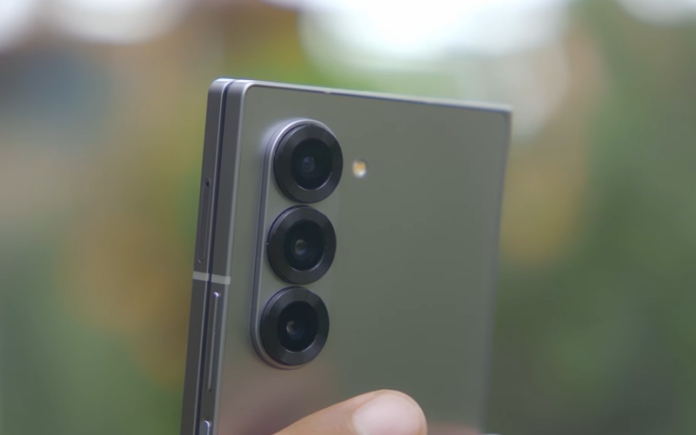Samsung has now released its sixth generation of foldable phones, and after six years of improvements and adjustments, the Galaxy Z Fold 6 stands out as the best version yet. There’s no argument about that. The upgraded hinge system alone shows Samsung’s dedication to making these devices better. Add in a few more upgrades and you get the Galaxy Z Fold 6, which is a great foldable phone option.
You will get the phone in NPR 2,34,999 for 12GB RAM + 256GB variant and NPR 2,49,999 for 12GB RAM + 512GB variant, this may break your bank, but well, I don’t know. Let’s take a look at some of my favorite things about this phone, and as a bonus, I’ll also try to mention things I didn’t like, which is always the hard part of our Samsung Galaxy Z Fold 6 Full Review.
Samsung Galaxy Z Fold 6 Full Review | Pros and Cons | Detailed Analysis
Table of Contents
Design
The differences in size between the Samsung Galaxy Z Fold 6 and the Galaxy Z Fold 5 are small, but they make a noticeable impact. When folded, the Z Fold 6 is a bit wider, slightly shorter, and much thinner than the Z Fold 5. Samsung has also made the phone lighter, weighing just 239 grams, which is only 7 grams heavier than the Galaxy S24 Ultra. It feels great to carry such a light, multi-use device in my hand or pocket.

The lighter weight is a plus, and the phone looks nice. The new design improves both its appearance and feel. It’s built to be durable, using Gorilla Glass Victus 2 and Armor Aluminum—the same materials as the Galaxy S24. Over the years, Samsung has worked hard to strengthen its foldable phones and moving parts. In the Z Fold 6, they added more steel to the dual rail hinge and sealed it better against water. It has an IP48 rating, meaning it can handle being in water up to 1.5 meters deep for 30 minutes.

However, the seal won’t last forever and might weaken over time. There’s also no true dust protection—the “4” in IP48 means it can handle large objects near its hinges, but small dust particles under 1mm could be an issue. Samsung has added a new protective layer to the thinner main screen. This layer acts like a non-Newtonian fluid—it’s flexible when touched gently but hardens if it meets something sharp or hard. But even though the screen is tougher, you can’t use the same S Pen as the Galaxy S24 Ultra. You’ll need a special S Pen with a softer tip to avoid damaging the screen.
Display
The 6.3-inch cover screen on the Galaxy Z Fold 6 has a resolution of 2376 x 968 pixels and can adjust its refresh rate from 1hz to 120hz. I enjoy using the cover screen because it’s not always convenient to open the phone for a bigger display. It’s great for browsing the web, checking email, and scrolling through Reels. It works fine for texts and messaging, but typing long messages can be tricky because the keyboard feels a bit cramped. The cover screen is also narrower than my iPhone 15 Pro Max by about half an inch.

The inner screen is 7.6 inches, with a resolution of 2160 x 1856 pixels and a thin bezel around it. It’s very bright, reaching 2,600 nits, and the crease in the middle is less noticeable compared to earlier foldable phones. You can still see and feel the crease, but Samsung has done a good job of making it less distracting. The inner display is vibrant, with rich colors and contrast, making it perfect for just about anything. I enjoyed watching Netflix and Max, and playing games like Call of Duty: Mobile and Asphalt 9. It’s also great for browsing websites and reading long articles, and the Z Fold 6 is comfortable to hold in tablet mode.

In Flex mode (when the screen is folded at 90 degrees and the phone is placed on a flat surface), the display works well for watching videos and making video calls, though typing in this mode wasn’t my favorite.
Performance
The Galaxy Z Fold 6 showcases Samsung’s latest hardware for high performance. It has a bigger vapor chamber that helps manage heat, especially during intense tasks like gaming. While playing Asphalt 9, I didn’t notice the phone getting warm, which suggests the vapor chamber is working well.

The Galaxy Z Fold 6 uses Qualcomm’s newest chip, the Snapdragon 8 Gen 3 for Galaxy, which has slightly faster clock speeds. It’s supported by 12GB of RAM. In both official tests and my own experience, the Z Fold 6 scored very high, especially in graphics performance. While Apple’s iPhone 15 Pro Max with its A17 Pro chip still ranks higher in GeekBench 6 tests, the difference is shrinking, and the Z Fold 6 can easily handle any task.

I recorded 4K video at 30fps (though the phone can record up to 8K) and edited multiple clips in Adobe Premiere Rush without any problems. The phone comes with 256GB of storage, which is decent, but I wish Samsung offered 512GB as a base option.
OS, UI and AI
The main highlight of the Samsung Galaxy Z Fold 6 is its Galaxy AI, which brings smart features to various tasks like photography, editing, messaging, writing, drawing, health, and translations. These AI tools are not only useful but also fun to use. Some key features include searching by circling something, turning sketches into images, live translation, and helping with notes by transcribing or summarizing them.

One of the standout features is “Sketch to Image.” Using the special S Pen for the Fold, I made simple drawings like an apple or a tooth in the Notes app, and the AI transformed them into more polished images, even giving me a few options to choose from. This feature impressed people, but many weren’t sure if they’d use it often. A more practical use was in the Photos app, where I could add realistic elements to pictures. For example, I added a dog next to me and birds to a skyline. The results were surprisingly good, even with realistic shadows, making the AI-generated changes feel believable.

Camera
As smartphones start to look similar, companies try to stand out with unique camera designs, which can sometimes be a bit much. If I had my way, I’d go for a more subtle approach, like what Samsung has done with the Galaxy Z Fold 6. The three-camera setup on the back is noticeable but has a sleek, professional look, resembling prosumer camera lenses.

However, there’s a downside: Samsung didn’t make many improvements to this camera system, and the previous Z Fold 5 cameras were disappointing. The Z Fold 6 has similar specs to the Samsung Galaxy S24, which include:
- 50MP wide-angle lens (f/1.8)
- 12MP ultrawide lens (f/2.2, 123-degree field of view)
- 10MP 3X optical zoom lens (f/2.4)
Overall, the camera performs well. I took many beautiful photos in Kathmandu in various lighting conditions, with good colors and sharpness. Low-light shots turned out decent, but macro photography is not an option. The portrait mode produced stunning images of people and pets.
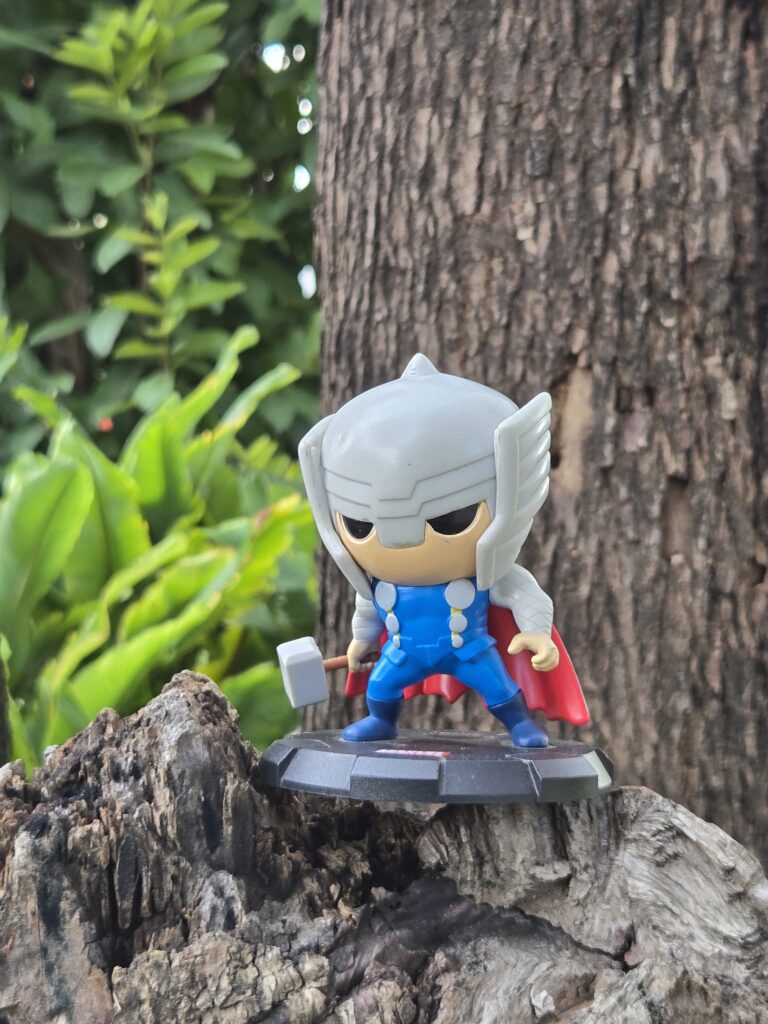
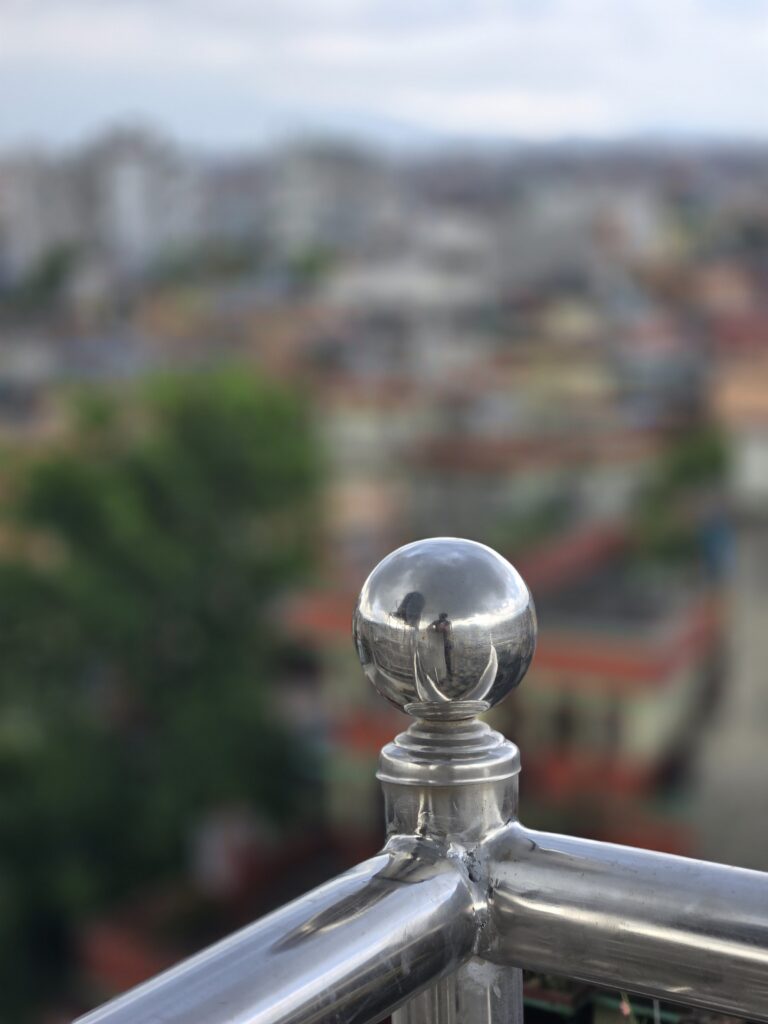
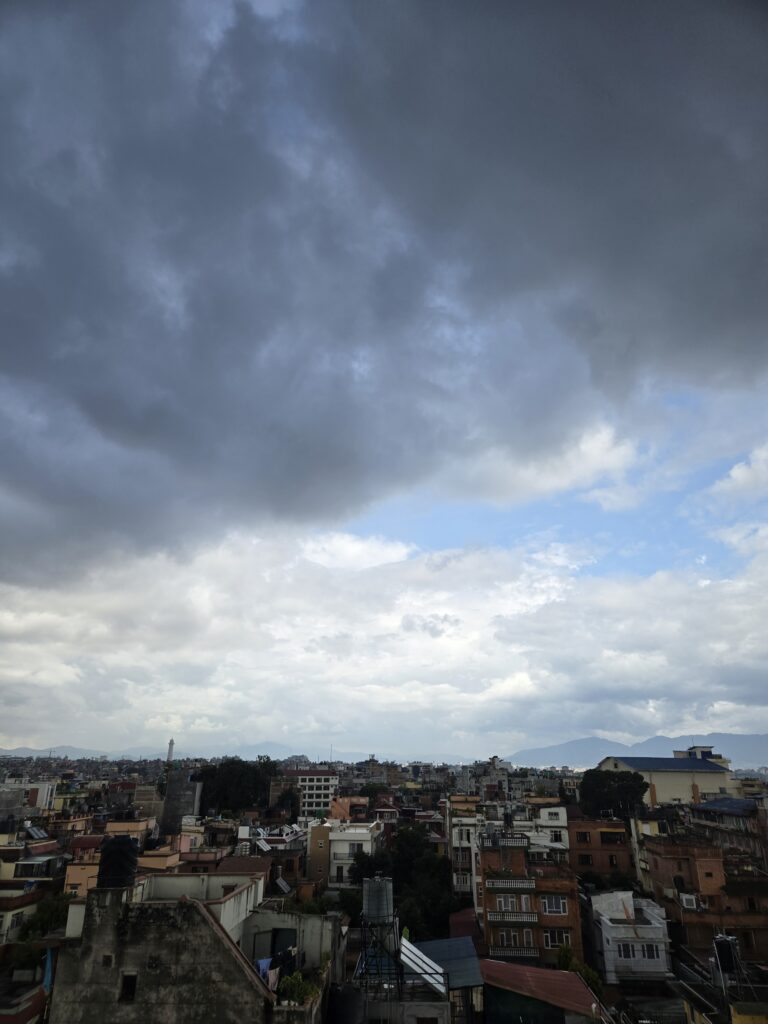
The color quality and detail impressed me, thanks to Samsung’s improved ProVisual Engine, which enhances smartphone photography. However, they still tend to make the sky too blue.
I’m disappointed that Samsung only included a 3X optical zoom and a 50MP main camera for this high-end foldable phone. I expected at least a 5X optical zoom and a 200MP sensor to match the Galaxy S24 Ultra.
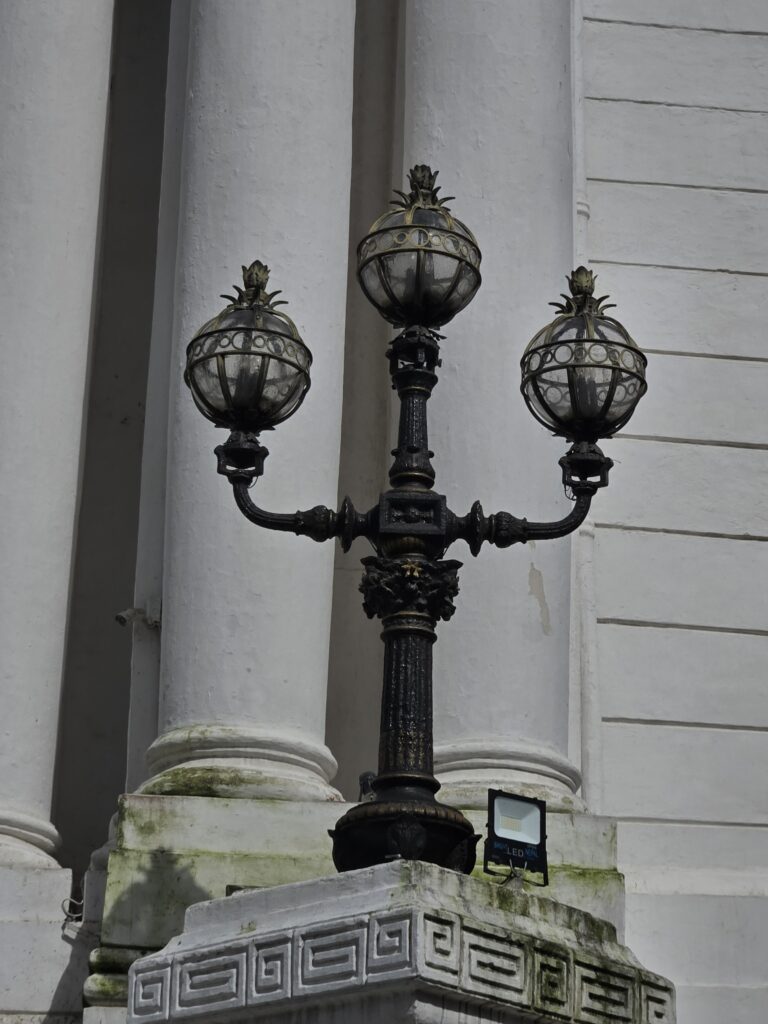





While the Z Fold 6 does offer a 30X digital zoom, it’s not the same as true optical zoom, and Samsung often refers to these images as “captures” instead of “photos.” Given that this phone costs nearly 2.5 lakhs, I expect the best from Samsung in every area.
Additionally, there’s a 4MP camera hidden under the main screen, which is okay for video but not much else. The 10MP selfie camera takes good portrait shots. If you want to take selfies with better cameras, you can unfold the phone, use the cover screen as a viewfinder, and snap photos with the larger camera setup.
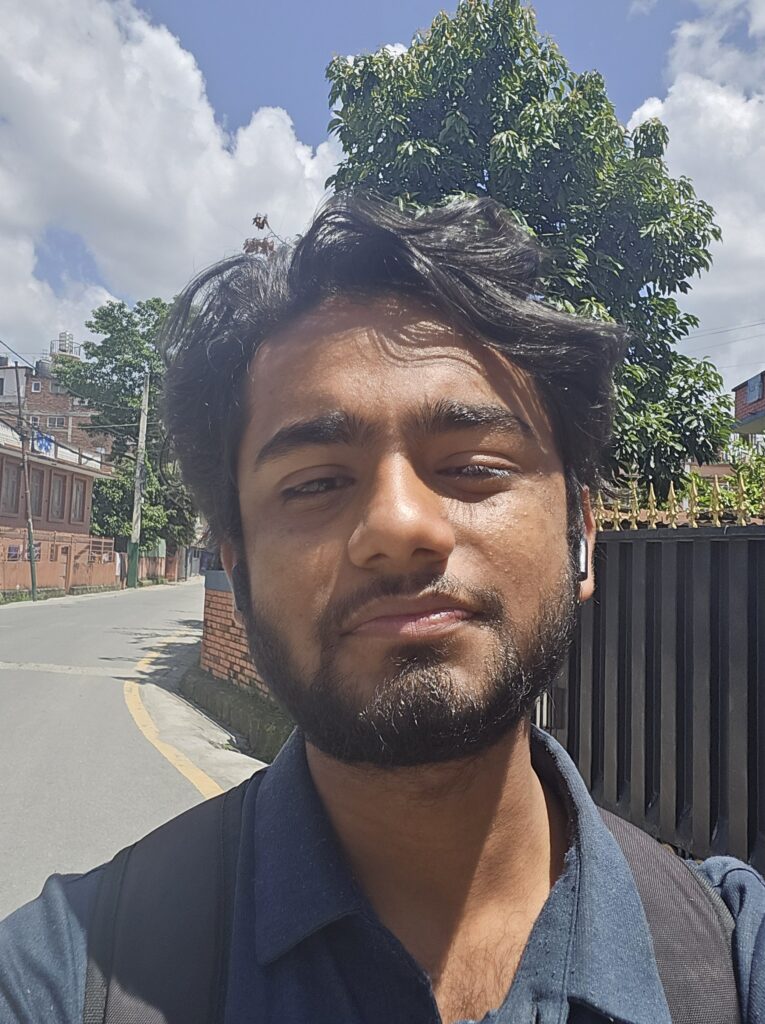

Battery and Charging
The Galaxy Z Fold 6 has the same 4,400mAh battery as last year’s model, and the battery life feels about the same as the Z Fold 5. I can easily get through a full day, even with gaming (Marvel SNAP) and watching a lot of YouTube and Reels. My day usually goes from 7 am to 11 pm, and by bedtime, I still have around 15-30% battery left. I’ve also been using a Galaxy Watch Ultra and Galaxy Ring during this time. The phone charges at 25W with a cable (50% charge in 30 minutes) and 15W with wireless charging. It also supports reverse wireless charging, but only at 4.5W.

Pros and Cons
| Pros | Cons |
| The slightly altered design is better than expected | Main and telephoto cameras are two generations old |
| Software experience is still unrivaled | More expensive |
| Crease is not as prominent | Battery and charging speeds remain unchanged |
| Galaxy AI can be a lot of fun |
Verdict
The Galaxy Z Fold 6 is Samsung’s most polished foldable phone so far and brings it closer to the goal of being like a regular phone when closed, with a tablet on the inside when opened. It’s still a bit thick, but only slightly heavier than Samsung’s regular flagship, the S24 Ultra. The outer screen is now the same width as a smaller phone, like the iPhone 13 mini.
The inner screen is super bright and smooth, comparable in quality to top non-folding phones. The crease in the middle is still there, but it doesn’t interfere with using the screen. However, the materials needed to make the screen fold are delicate, so you have to handle it with care, and repairs can be very costly if something goes wrong. Samsung has made many small improvements, but they haven’t drastically changed how the phone works compared to the last two versions. This makes the already high price even harder to justify.
The Z Fold 6 is one of the most powerful and versatile gadgets available, but it’s still a niche product mainly for those who can afford it. Something significant needs to change for foldable phones like this to become more mainstream.




